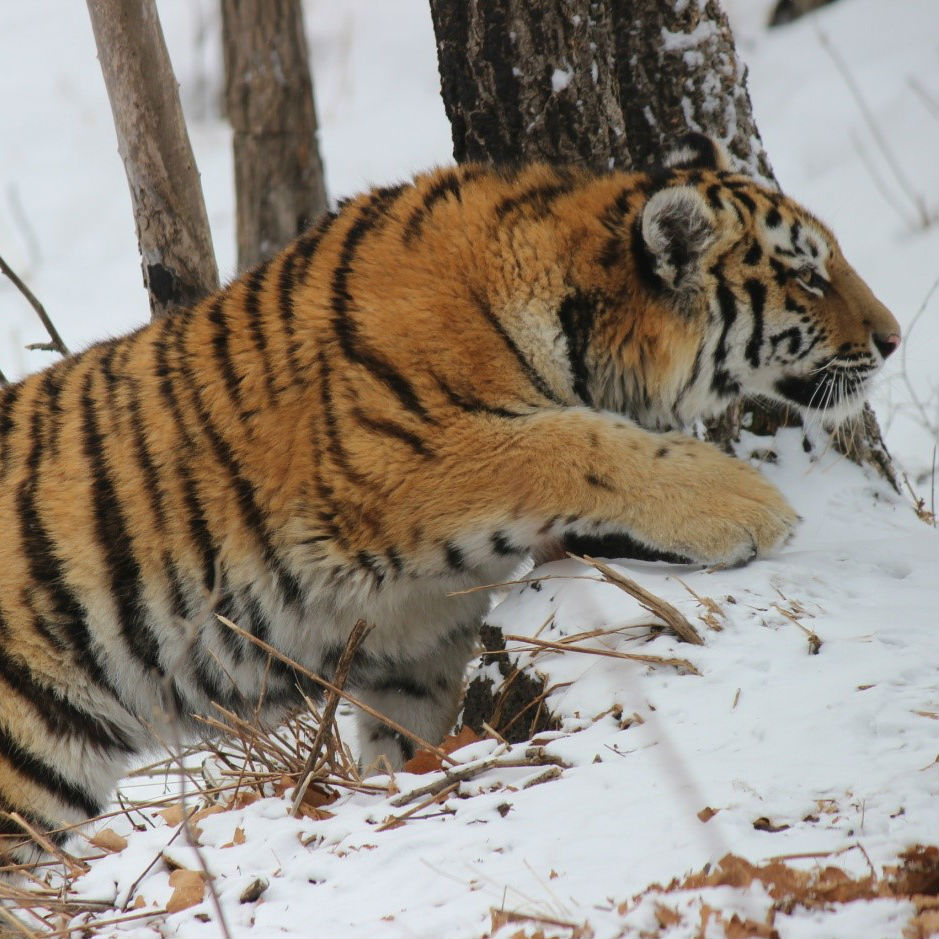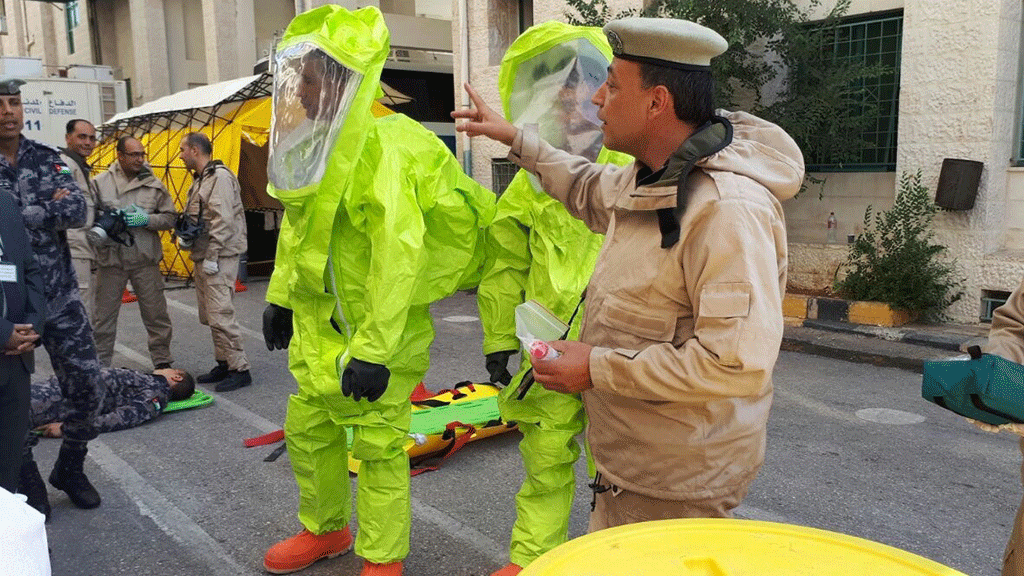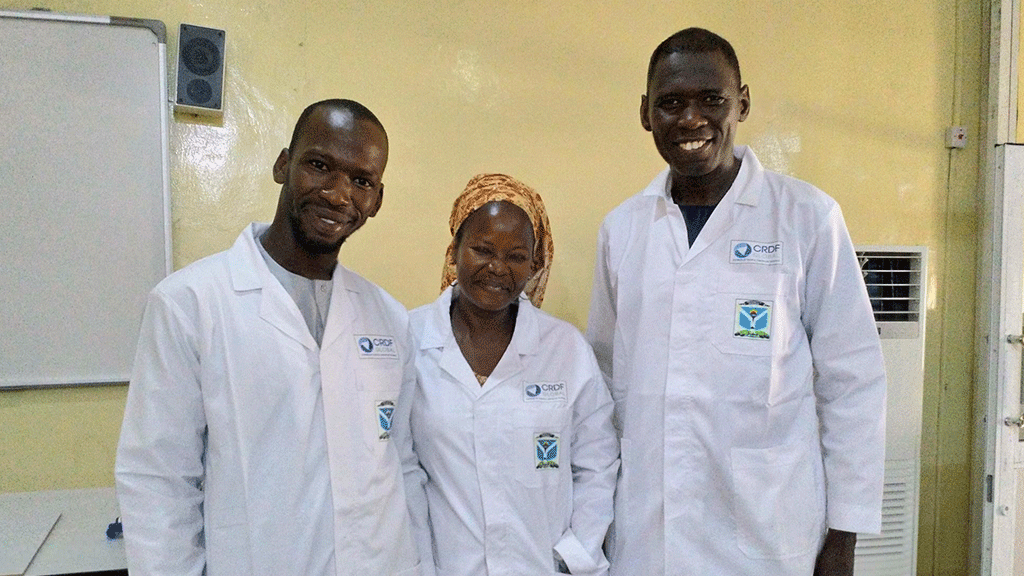For Siberian Tigers, One in the Hand is Worth Two in the Bush

One of the most threatened species on the planet, Siberian (or Amur) tigers are struggling in the their last remaining habitat in Siberia, but the research of one of our grantees offers insights into how we might better protect these majestic animals.
I came to the Russia more than 20 years ago, with the hope that the combination of Russian “know-how” and American technology might bring a better future for Siberian tigers, also known as Amur tigers, whose last remaining habitat is almost exclusively in the Far Eastern corner of Russia. At that time, things were changing rapidly across Russia as the Soviet Union dissolved, and tigers were being killed at unprecedented rates as local people desperately sought income to supplement devalued salaries and a weakening ruble.
To save the tiger, we needed to know more about exactly what tigers needed to survive. Russian biologists already knew a fair amount about tiger ecology based on tracking them in the snow, but when the snow melted, the research stopped. Use of radio collars had already been extensively used on large carnivores in North America, and we hoped to bring this technology to assist the capable biologists already working in the Far East. Today this collaboration continues with a proven track record that demonstrates combining talents of ecologists on an international scale is likely to pay greater dividends than working individually.
Over that time we learned a lot about food habits of Siberian tigers, but we felt like we still knew little about how tigers make their choices in selecting and hunting their prey. Extensive research suggests that the distribution and abundance of carnivores like the Siberian, or Amur tiger (Panthera tigris altaica), is largely determined by the availability of their prey. Oftentimes, it is assumed that such carnivores simply need “lots of prey” and should simply seek out those areas with the highest densities of prey, but the term “availability” includes not only prey density but also prey vulnerability, which is affected in part by the configuration of landscape attributes that make prey susceptible to predation.
Some may claim understanding these nuances is of purely scientific interest, but if we are able to define determinants of the environment that influences success in hunting, it may help us reduce human impacts on those key components of the environment for tigers. To address this question my organization, the Wildlife Conservation Society (based at the Bronx Zoo in New York), teamed up with Ivan Seryodkin at the Institute of Geography (part of the Far Eastern Branch of the Russian Academy of Sciences) to conduct research in Sikhote-Alin Biosphere Zapovednik, the largest tiger reserve in Russia. As part of our CRDF Global project, we examined the influence of prey density and vulnerability for each of 3 species of primary prey (wild boar, red deer and sika deer) on habitat use patterns of Amur tigers over 20 winters. What we found surprised even us.
Red deer and wild boar comprised 72% of the diet, with sika deer a distant third. Wild boar are clearly the most preferred prey (the proportion of the total kills that were wild boar was much greater than their proportion of the prey population), and we therefore expected tigers to frequent those areas commonly used by boar, but red deer were the most common item in the diet and consequently more heavily influenced how tigers exploited their home ranges. While red deer were common throughout the study area, there were a few river basins and coastal areas where red deer were most vulnerable. Tigers focused hunting efforts not in those areas of high red deer availability, but in those areas where red deer were most vulnerable, apparently understanding that old axiom, “One in the hand (or claws in this case) is worth two in the bush.”
The results of this research provide one more piece of the puzzle we need to secure a future for tigers in an increasingly crowded world. Our data reinforce the fact that survival of tigers is ultimately dependent on survival of a healthy and abundant prey base, and that it is the presence of large prey species like red deer and wild boar that will ultimately determine the fate of tigers. Hence if we are to save tigers, we must save wild boar and red deer, and the habitats these species depend upon. Hence, we need to think about saving the entire forest ecosystem to save the tiger. And this has value for the local people as well as the wildlife, for the Russian Far East riches are in its forests, and a stable, sustainably used forest ecosystem will benefit both people and tigers.



